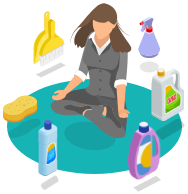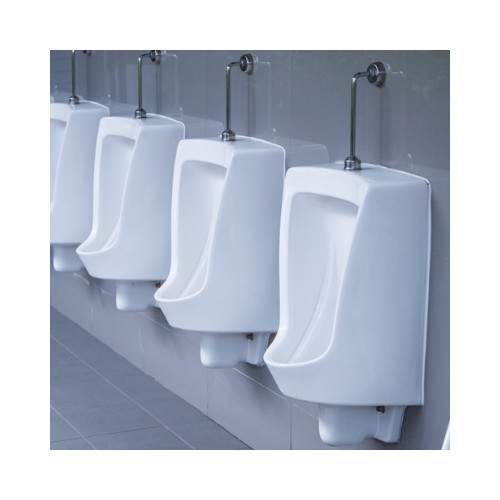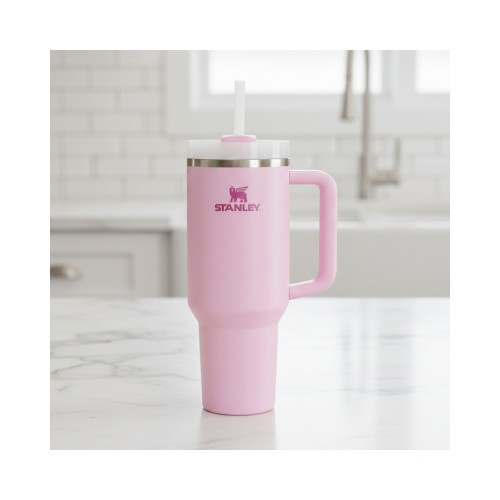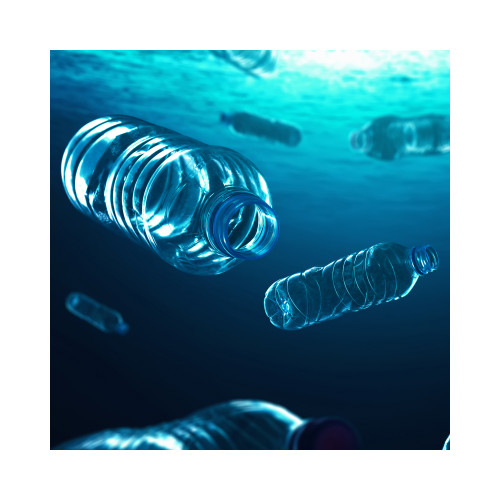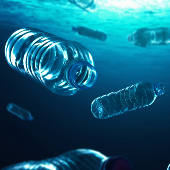
Ocean Garbage Patches and the Power of Reusables
Every year, millions of tonnes of plastic and waste enter our oceans. Most of this rubbish comes from land - carried by rivers, wind, rain, and storm drains. Once it reaches the sea, it doesn’t just vanish. Instead, much of it becomes trapped in rotating ocean currents called gyres, where it accumulates over time to form what are known as garbage patches.

These plastics can collect in ocean gyres - vast areas of rotating ocean currents - where they accumulate into so-called “garbage patches.”
The largest and most well-known of these is the Great Pacific Garbage Patch, located between Hawaii and California. It is estimated to be around six times the size of the UK! But it’s not an anomaly - patches of ocean with high concentrations of plastic can be found, on a smaller scale, in every major ocean, and even localised tidal gyres form in many of Cornwall’s bays.
Plastic doesn’t biodegrade in the ocean - it simply breaks into smaller and smaller pieces, known as microplastics. These microplastics are often mistaken for food by marine animals, which can cause injury, starvation, or death. They can also enter the food chain and potentially affect human health.
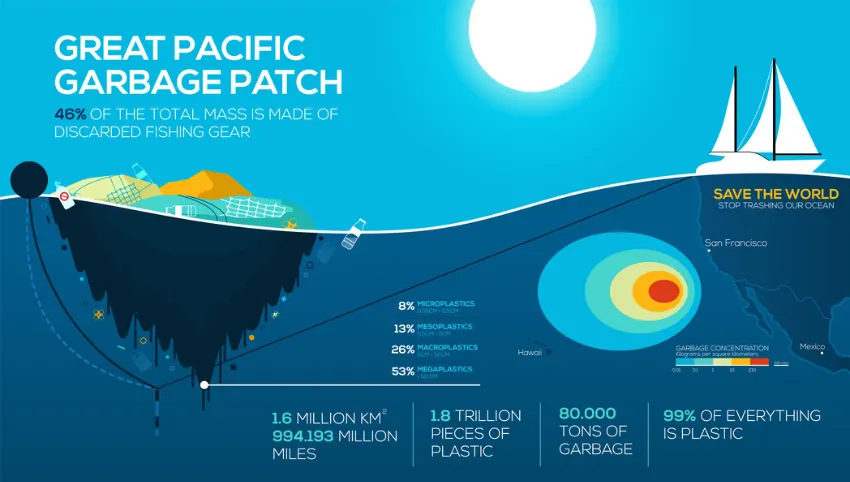
Since ocean currents are interconnected, plastic waste from one region can travel incredibly long distances over time. So, while it may seem unlikely, rubbish from the UK could eventually find its way to the Great Pacific Garbage Patch, located thousands of miles away between Hawaii and California.
But the problem isn’t limited to distant oceans. Plastic pollution is also building up closer to home, particularly in the North Atlantic Garbage Patch. Even within the UK itself, the issue is widespread. A Greenpeace study of 13 UK rivers found that every single one contained microplastics. The River Mersey, which flows from Stockport through suburban Manchester and out into Liverpool Bay, was identified as the most polluted. In just 30 minutes, researchers collected an astonishing 875 pieces of plastic using specially designed nets.
How Reusable and Refillable Products Help
Reducing plastic waste at the source is one of the most effective ways to combat ocean pollution. Choosing reusable and refillable products instead of single-use items helps to:
- Reduce Waste: Fewer disposable items mean less litter ending up in the environment.
- Prevent Ocean Pollution: Reusables stay in circulation longer and are less likely to be discarded carelessly.
- Conserve Resources: Over their lifetime, refillables require less energy, water, and raw material than continually producing throwaway products.
- Encourage Systemic Change: Public demand for sustainable alternatives pushes businesses and governments to provide greener options, like refill stations and zero-waste packaging.
Switching to a reusable bottle, bag, or container may feel like a small step - but when adopted on a wide scale, these choices can make a big impact. It’s a simple, practical way each of us can help protect the oceans and the wildlife that depend on them.
Stay Connected
Stay connected and be the first to know about our latest products, special offers, and exciting news:The Cleaning Blog
Want to learn more about cleaning? From the latest cleaning and hygiene news to handy how-to guides, why not check out our most popular blog categories.Stay Connected
Stay connected and be the first to know about our latest products, special offers, and exciting news: